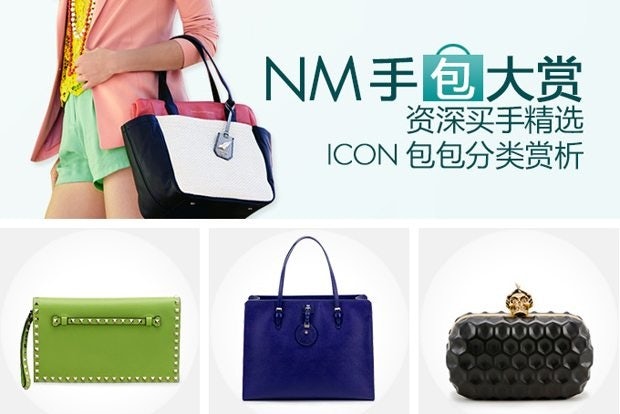China’s e-commerce numbers can be staggering: one out of every five shoppers in China is an online shopper, and China surpassed the United States as the number one e-commerce market by market size in 2013. Online sales are projected to grow at double digits over the next few years, and many Western brands tried to break into the Chinese market to enjoy that growth. This growth means that many e-tailers have succeeded, but others, such as Neiman Marcus and eBay, faced huge struggles.
In order to get to the bottom of why some businesses fail despite such massive potential, this week’s episode of Thoughtful China features Andrew Lok, founder of advertising company Civilization, and Julia Zhu, founder of China e-commerce consultancy Observer Solutions to discuss what is crucial for Western brands to know when entering the Chinese market, and where Neiman Marcus and eBay went wrong.
Zhu discusses the failed expectations of Neiman Marcus. Despite being a famous department store in the United States, upon setting up shop in China at the end of 2012, the company realized that its popularity did not accompany it. Without appropriate expectations about how soon and fast it could expand, Zhu says its foray into China was “not very successful.”
One piece of advice Zhu has for Western brands is not to underestimate the “great firewall of China.” “Trying to do e-commerce with operations outside of China would probably be the biggest mistake one can make,” she says, using eBay as an example. When the online retailer moved its servers back to the United States from China, many users reported being unable to access their accounts.
Overall, Zhu feels that there are fundamental differences between the habits of Chinese shoppers and those in the West. Online shoppers in Asia are very concerned about counterfeits and thus want as many pictures of the products they’re buying as they can get. Zhu says that the average Western online shopping site only has about three to five pictures of a product, compared with five to seven on a Chinese e-commerce site.
Western brands should carefully research their target audience, Zhu says, and the key to success is to leverage existing established marketplaces in order to conduct marketing efforts according to what the Chinese consumer wants.
